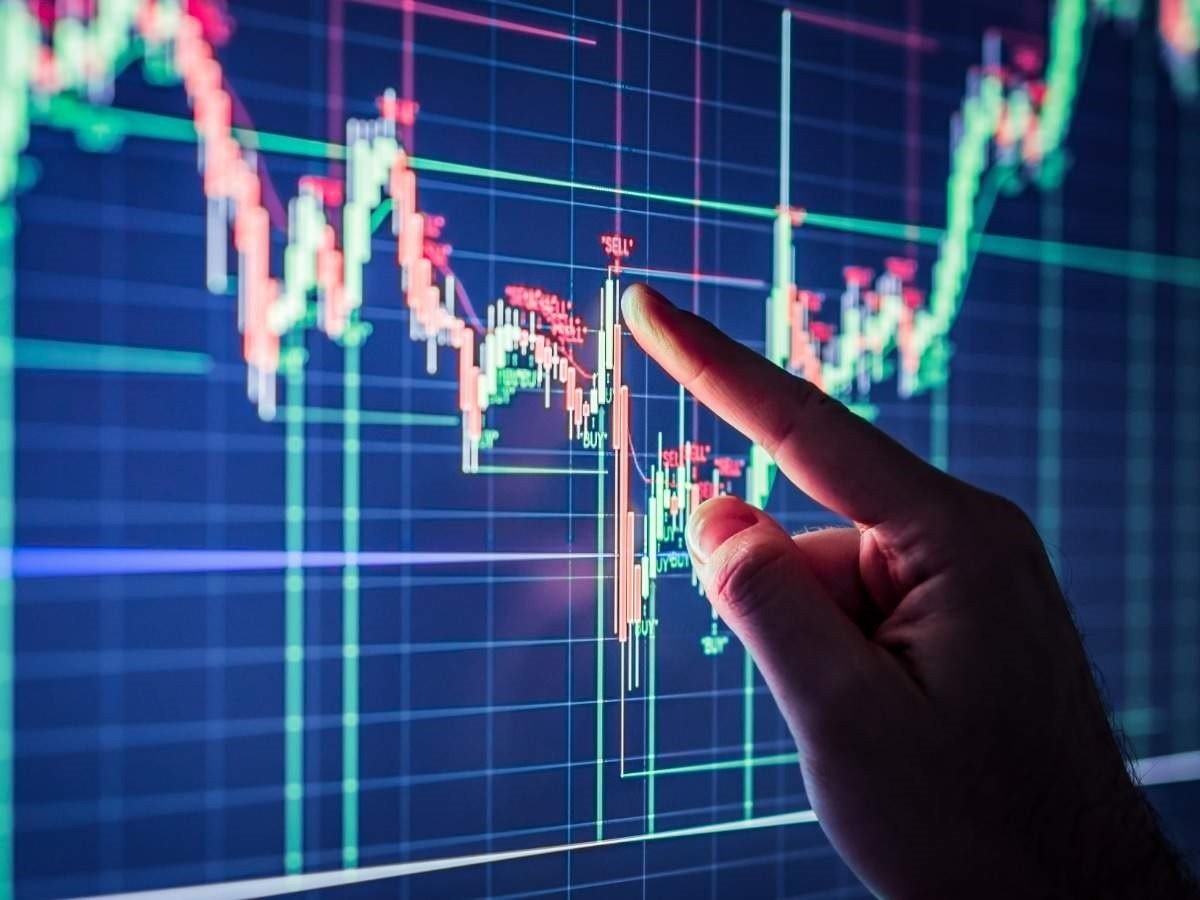Wall Street ends down sharply on fears of Ukraine conflict

Wall Street stocks ended sharply lower on Friday for the second straight session, as investors fretted about deepening tensions between Russia and Ukraine.
Nine of the 11 major S&P 500 sector indexes declined, led by technology (.SPLRCT), down 3.0%, and consumer discretionary (.SPLRCD), down 2.8%. The energy sector index (.SPNH) surged 2.8% as oil prices hit seven-year highs.
With investors already fretting about inflation and rising interest rates, selling on Wall Street accelerated after Washington warned that Russia had massed enough troops near Ukraine to launch a major invasion, and that an attack could begin any day.
“We just have to see how this plays out over the weekend and whether or not international leadership can bring this under wraps,” said Thomas Hayes, managing member at Great Hill Capital LLC in New York. “If not, then the knock-on effects could be material, and that’s what the markets is worried about.”
Nvidia Corp (NVDA.O) tumbled 7.3%, Amazon.com Inc dropped 3.6%, and Apple Inc (AAPL.O) and Microsoft Corp (MSFT.O) both lost over 2%. The four companies weighed more than any others on the S&P 500’s (.SPX) decline.
The Dow Jones Industrial Average (.DJI) fell 1.43% to end at 34,738.06 points, while the S&P 500 (.SPX) lost 1.90% at 4,418.64.
The Nasdaq Composite (.IXIC) dropped 2.78% to 13,791.15.
The Philadelphia Semiconductor index (.SOX) sank 4.83%.
U.S. exchanges were busy, with 13.4 billion shares changing hands, compared with a 12.6 billion average over the last 20 trading days.
Wall Street’s latest sell-off follows a slump on Thursday, when data showed consumer prices surged 7.5% in January, the biggest annual increase in 40 years. Comments from St. Louis Fed Bank President James Bullard about aggressive rate hikes have also rattled investor sentiment.
For the week, the S&P 500 fell 1.8% and the Nasdaq shed 2.2%.
Traders are pricing in a half-point rate hike in March with just a scant chance of a smaller quarter-point raise, and heavy bets for a policy path that would bring rates to a range of 1.75%-2.00% by the end of the year.
“If the Ukraine is attacked, it adds more credence to our view that the Fed will be more dovish than the market currently believes as the war would make the outlook even more uncertain,” said Jay Hatfield, chief investment officer at Infrastructure Capital Management in New York.
A University of Michigan survey showed U.S. consumer sentiment fell to its lowest in more than a decade in early February on expectations that inflation would continue to rise in the near term.
The CBOE volatility index (.VIX), also known as Wall Street’s fear gauge, was up for a second straight session and hit its highest level since the end of January.
Online real-estate platform Zillow Group Inc (ZG.O) jumped 12.7% after beating Wall Street estimates for quarterly sales, boosted by an 11-fold revenue increase in its homes segment.
Under Armour Inc (UAA.N) slumped 12.5% after warning that its profit margin would be under pressure in the current quarter.
Declining issues outnumbered advancers on the NYSE by a 2.40-to-1 ratio; on Nasdaq, a 2.54-to-1 ratio favored decliners.
The S&P 500 posted 15 new 52-week highs and 13 new lows; the Nasdaq Composite recorded 40 new highs and 208 new lows.



